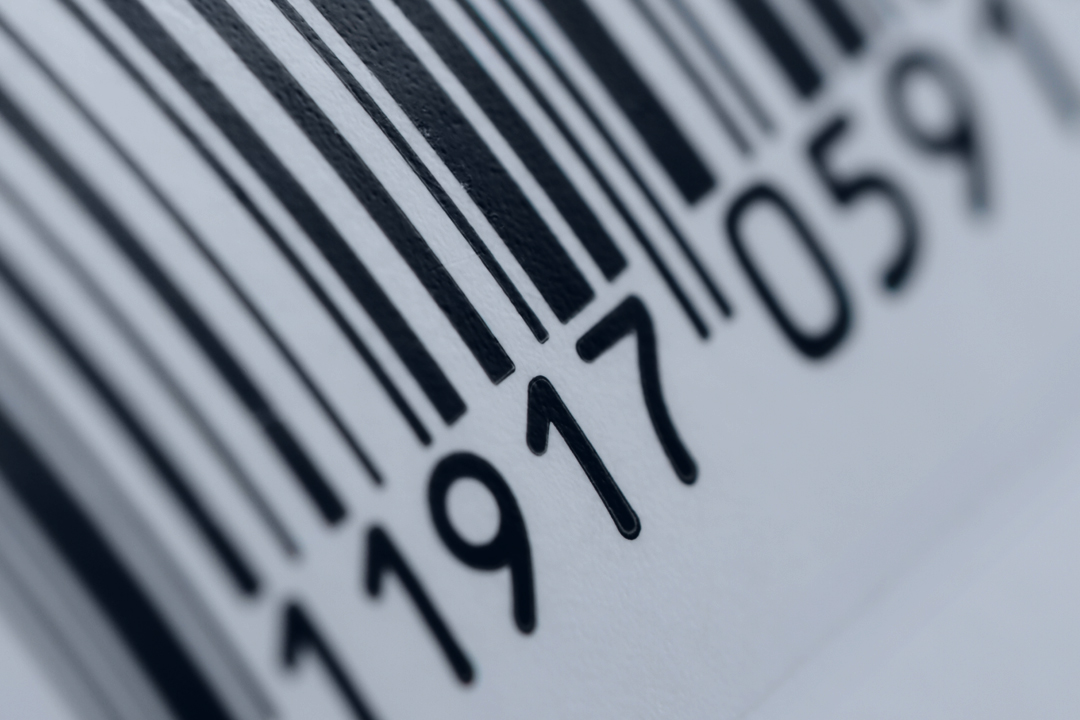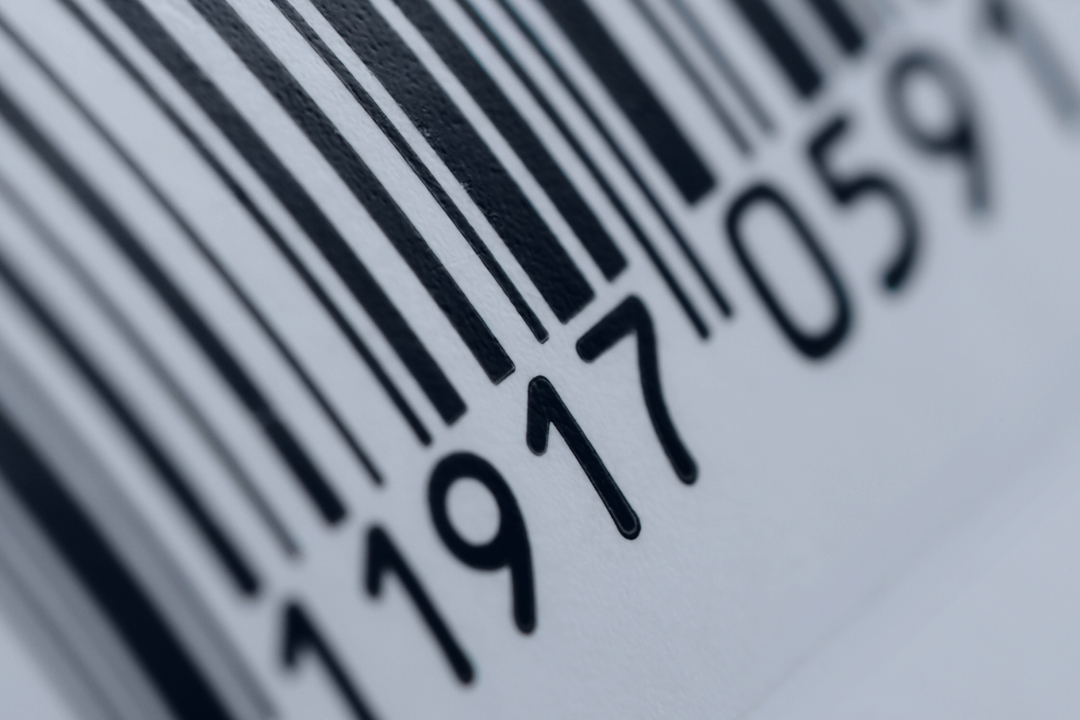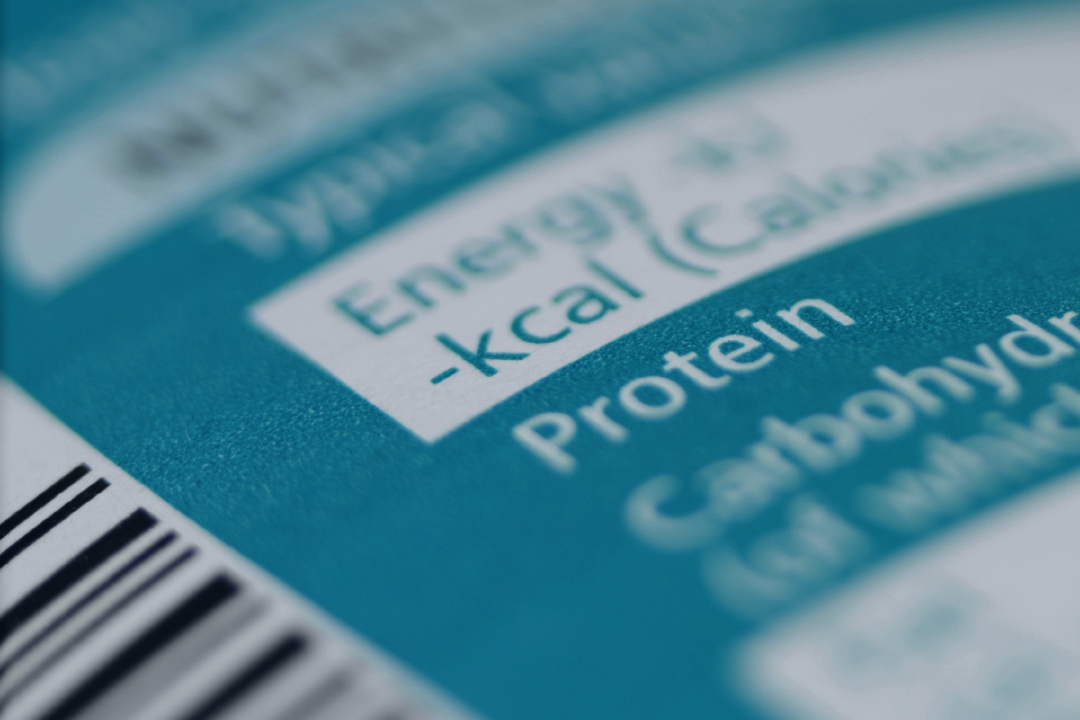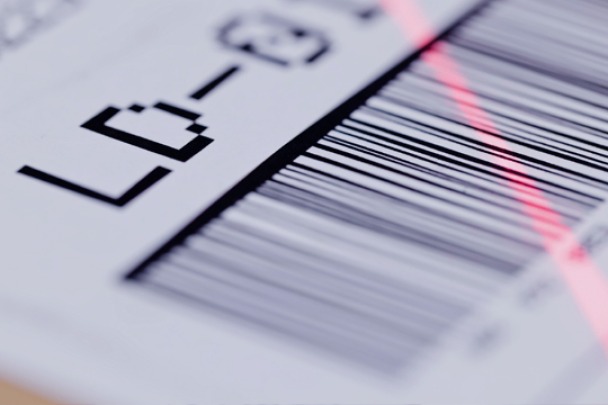QR codes are a type of 2D barcode that can contain various forms of data - this can include website links, account information, contact details, or even coupons.
Thanks to the GS1 Digital Link standard, it's now possible to add a GS1 identifier to a web address URL as structured data.
There is a lot of flexibility built into the GS1 Digital Link standard that allows you to create your URL in a way that makes the most sense for your business. You can add further levels of granularity by including additional attributes within the data string of the URL. This could include a product’s batch and lot numbers, or, for serialised products, an individual item code or serial number for example.
The structure of a GS1 Digital Link URL is carefully defined to allow your GS1 Identification Keys to be read from a 2D barcode or near-field communication (NFC) tag using a scanning device.
Three key components that make up a GS1 Digital Link URL
The domain
Use your brand's own internet domain or set up a subdomain.
The GS1 identifier
Use the identifer you are already using on your product.
Optional additional data attributes
These attributes could be batch numbers, serial numbers or expiry dates.
This guide will take you through each of these components and explain how the information should be structured.
There are several factors that should be considered when deciding which domain should be used in your GS1 Digital Link URL.
Use your brand's own internet domain
It is recommended that you build your GS1 Digital Link URLs using a domain name you own.
As this will determine where a user is taken when they scan your GS1 Digital Link barcode or NFC tag, the domain name should be the first component expressed in your URL as highlighted in the example below:
https://example.com/01/05012345000008
The benefits of your own brand domain name include:
- Consumers will be confident that the URL their mobile phone displays is owned by your brand and more likely to trust the link
- You will have direct access to, and ownership of any analytics captured by the website associated with your domain name, such as the frequency and locations at which the QR code is being scanned
- Your domain name is a brand asset that can be transferred if your brand is sold or acquired. This means that 2D barcodes containing your GS1 Digital Link URL would not have to be reprinted
Set up a subdomain
A subdomain lets you separate portions of your site that warrant their own dedicated file structure, preventing you from having to set up a new site with a new domain that could result in confusion visitors. This would also reduce the risk of causing any disruption to your existing website.
We recommend setting up a subdomain wherever possible. Subdomains are normally created and controlled by website administrators. However, this may be beyond the resources of smaller companies with limited I.T. expertise, or not possible at all if certain hosting providers are used.
When creating a subdomain, it is recommended that you add an ”id” prefix to your existing domain name. Using our example, the domain name syntax would become:
https://id.example.com/01/05012345000008
Subdomains can also be integrated with the GS1 UK resolver service, capturing analytics whenever a GS1 Digital Link QR code is scanned by a device.
Using our example, the syntax would become:
https://id.gs1.org/01/05012345000008
It is also possible to take users directly to the GS1 UK resolver service, although analytics will not be captured.
If you plan on using a subdomain, please contact us at gs1digtiallink@gs1uk.org and we will be happy to explain how to integrate your domain name with a redirection service, e.g., the GS1 UK resolver service.
There are a number of solution providers that can take care of some of the more technical aspects of implementing a redirection service. However, they may own the domain that consumers are connected to, and the analytics captured by it. Then, if you stop using the solution provider’s platform, the domain name*, and your analytical reporting would need to be migrated and new QR codes printed.
*Please note, it might not be possible to migrate the domain name if it’s owned by the solution provider and used to serve more than one supplier.
After the domain, the other crucial element of your GS1 Digital Link URL is the GS1 Identification Key. For most businesses, this will be a GTIN (though other GS1 Identification Keys can be used). It is this unique number that links your physical product to the internet.
Most brands will already have GTINs allocated to their products, a significant portion of which will be encoded in EAN/UPC barcodes that are printed on the product itself. This same GTIN can be encoded in the GS1 Digital Link URL used in a QR code.
Any GTIN format (GTIN-8, GTIN-12, GTIN-13 or GTIN-14) can be utilised for GS1 Digital Link. For additional guidance on how to allocate GTINs, refer to our GTIN management guide: https://www.gs1.org/1/gtinrules/en/.
Application identifiers
To ensure that GS1 Identification Keys can be recognised in a Web URL and used in offline processes such as point-of-sale systems, we need to structure the data using GS1 Application Identifiers. These two, three-, or four-digit numbers denote what the following piece of data actually is.
The Application Identifier and its associated value is the second component of your URL. As highlighted by the example below, the Application Identifier 01 would indicate that the next piece of structured data is a GTIN:
https://id.example.com/01/05012345000008
The GS1 Digital Link standard also defines how to add additional data attributes such as batch numbers, serial numbers, expiry dates, measured weights and more to the URL syntax. This extra data can then be captured and used by a scanning system. For example, a batch or serial number obtained from a scanned barcode could be used to determine which URL is used for a promotion.
In this example, we've included a batch number ABC123 using Application Identifier 10:
https://id.example.com/01/05012345000008/10/ABC123
In this next example, the GTIN is the primary identification key, followed by the batch/lot number and an expiry date. The expiry date is added to the query string using the Application Identifier 17:
https://id.example.com/01/05012345000008/10/ABC123?17=251230
While it does not matter which order you provide additional attribute data, the GTIN must always come first, and date formats must always be YYMMDD.
For more detailed information on syntax, please refer to our GS1 Digital Link: URL syntax document.
GS1 also provides a GS1 Digital Link tool that can be used to help you generate the correct URL structure in accordance with the standard.
In summary
The fundamental aim of GS1 Digital Link is to enable anyone to find answers to their questions about the thing in front of them. By extending the power and flexibility of GS1 identifiers such as the Global Trade Item Number (GTIN), it can act as a gateway to online content that strengthens brand loyalty, improved supply chain traceability information, business partner APIs, safety information and more.
The true power of GS1 Digital Link is its flexibility. It enables connections to all types of business-to-business and business-to-consumer information and, by structuring GS1 identifiers in a very specific way, ensures that data can be extracted and used by numerous applications, from smartphone cameras to point of sale scanners.
Useful resources on our global website

GS1 Digital Link barcode generator
Use our generator to create a Digital Link for your needs.
If you require further information about GS1 Digital Link or related technical information, please visit the GS1 global website.






